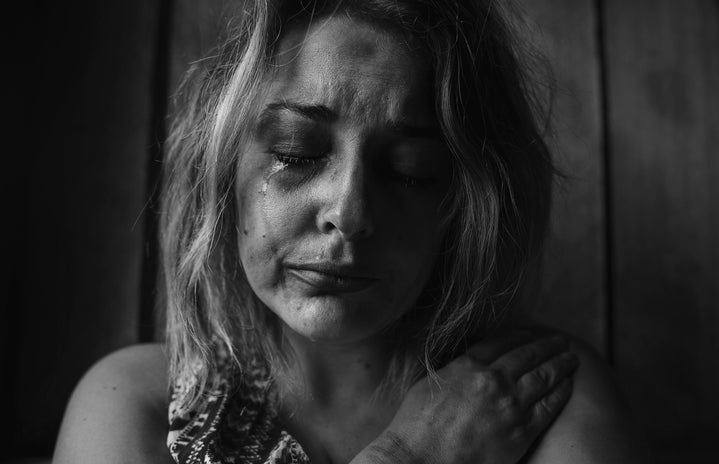The COVID-19 pandemic has forced many of us to slow down, stay at home and live out our lives online. For some of us, the pandemic has offered us a chance to stay in the comfort of our homes, cherishing more time with our loved ones.
For others, it has been the perfect opportunity to be pushed back into the arms of their abusers. This duality of a shared home, a living space disguised as a jail cell has alarmed domestic abuse hotlines and experts. The conditions that the pandemic has created have allowed survivors to be in closer watch.
This has ramped up the use of online hotlines, so much so that Japan announced at the start of quarantine last year that they had created a multi-language hotline to accommodate for the increased use of their previous domestic violence hotlines. The compounded tensions of unemployment, online school and health risks among others have forced survivors to either risk getting sick while going out or stay inside in unsafe conditions.
A factor that plays right into the hands of abusers has been the recent rise in unemployment. Last year, the National Bureau of Economic Research released their 2020 COVID-19 Impact report and showed that the pandemic has taken a larger economic toll on women than men. This has been seen globally as overall; the employment losses were 5% higher for women than men.
Economic burden and hardship can be used as a tool of abuse, so we can think of unemployment rates, isolation rates and domestic violence rates as going hand-in-hand.
Even after people leave their homes, there is a higher chance they will be tracked through their phones. With social media acting as a tool for stalking, grooming and harassing, staying too close to their phones might cost survivors their livelihood.
COVID hasn’t necessarily made new abusers; it has given more power to the already existing ones. Economic dependence isn’t the only factor exacerbating abusive households, the Center of Survivor Advocacy and Justice claims that “the rates of abuse increased dramatically to about 50% and higher for those marginalized by race, ethnicity, sexual orientation, gender identity, citizenship status and cognitive physical ability.”
It can be harder to spot the red flags in communities that typically go under the radar.
The data alone doesn’t explain what has been going on at home for the past year, with the number of calls to domestic violence hotlines actually decreasing at the beginning of quarantine. This could have been due to a change in the work schedule of abusers that left survivors with little time to call hotlines.
This change of pace has also left fewer opportunities to leave the house and take small steps to leave abusive relationships. Instead of having time to go to support group meetings and seeing family members, quarantine took all of those possibilities out of the picture.
So, what has been done to keep in touch with people potentially facing abusive households? Organizations like the Salvation Army have created food delivery services intentionally created to stay in touch with people that have signaled they are being abused. They have documented people leaving notes in bread bags to send updates to the delivery service’s managers. Groups like Peace Over Violence created a hotline geared towards people fleeing their homes and needing a place to stay. Due to social distancing guidelines, staying in shelters has become increasingly harder.
A fear many domestic abuse advocates face is the perception that shelters closed their doors along with the many other public service establishments. There have been many shelters that have remained open and have chosen to use social media to communicate to anyone in need. There are also newsletters from shelters placed in strategic spots like pharmacies and grocery stores.
So, what can we do? Experts have expressed the importance of looking out for signs when in public. There have been several reports of employees at public businesses catching signs and being able to help the victims in question. For example, at Walt Disney World, an employee overheard a woman yelling, “Get off of me” during a phone call.
He approached her and after asking her questions about the phone call, she expressed the need for law enforcement. There can be physical signs of domestic violence like bruises which tend to be covered by long sleeves and scarves and black eyes which tend to be covered by sunglasses, even when indoors. Behavioral signs that are easier to spot in a loved one can involve developing a low self-esteem, seeming fearful, becoming distant and isolating themselves from family members.
Resources for help:
National Sexual Assault Hotline: live chat online and 24/7 helpline at 800-656-4673
Crisis Text Line: 24/7 text chat line for individuals in crisis in the United States and Canada; text HOME to 741741
National Domestic Violence Hotline: Resources for all survivors; 24/7 hotline at 800-799-7233 and 800-787-3224 (TTY)


